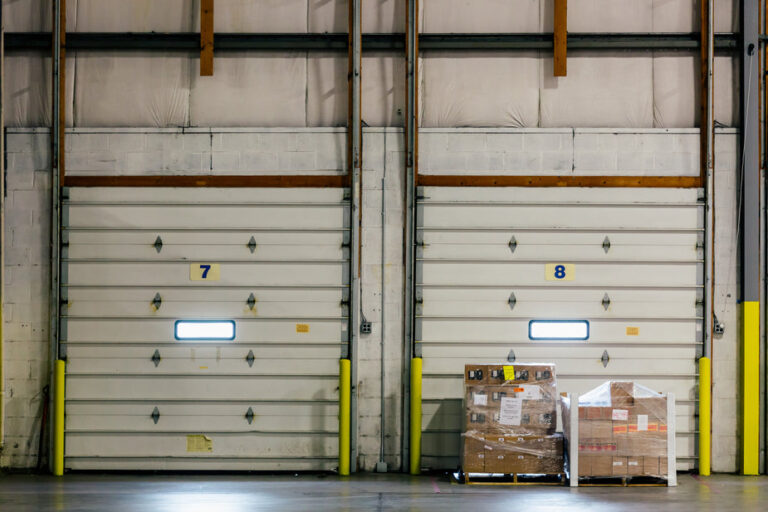Australia’s cashless revolution has made life easier for consumers and businesses alike, but it’s also opened the door for a new breed of payment fraudsters. In 2025, ‘carding’—the illegal use of stolen credit card information—remains a growing concern, with scammers adapting rapidly to new payment technologies and regulatory changes. Here’s what every Australian needs to know about carding, how the threat is changing, and the steps you can take to protect your wallet.
What is Carding? Understanding the Basics
Carding refers to the use of stolen or generated credit card details to make unauthorised purchases or cash withdrawals. It’s a cornerstone of modern cybercrime, and its methods are constantly evolving. While carding rings once relied on basic phishing or data breaches, 2025 has seen a shift towards more sophisticated tactics, including:
- Automated Bot Attacks: Cybercriminals use bots to test thousands of card numbers at online checkouts, looking for valid combinations.
- Dark Web Marketplaces: Stolen card details are bought and sold with alarming ease on encrypted online forums.
- Fake Online Stores: Fraudsters set up convincing e-commerce sites to ‘test’ stolen cards or harvest new details.
According to the Australian Payments Network, card fraud losses rose to over $600 million in 2024, with early 2025 figures suggesting the trend is continuing upward as scammers exploit gaps in payment security and consumer awareness.
How Carding is Changing: 2025 Trends and Policy Shifts
The landscape for carding in Australia is shifting on several fronts:
- Rise of Contactless and Digital Wallet Fraud: As more Australians use tap-and-go and mobile wallet services, carders are targeting digital credentials and exploiting weak authentication processes.
- Regulatory Crackdowns: The Australian government’s 2025 Payment Systems Reform Act now requires stricter merchant verification and imposes heavier penalties on those who fail to implement anti-fraud measures. However, cybercriminals are quick to adapt, using new methods to bypass security protocols.
- AI-Powered Scam Detection: Banks and fintechs are deploying machine learning algorithms to spot suspicious transactions in real time. While this is reducing some types of fraud, carders are increasingly using ‘low and slow’ approaches—making small, infrequent purchases to fly under the radar.
One high-profile example in 2025: A Sydney-based retailer suffered a $2 million loss after carders exploited a software vulnerability in their online checkout, highlighting the need for constant vigilance and software updates.
How to Protect Yourself and Your Business from Carding
While banks and regulators are stepping up their defences, Australians can take practical steps to reduce their risk:
- Enable Multi-Factor Authentication (MFA): Always use MFA on banking and payment apps—it’s one of the strongest deterrents against unauthorised access.
- Monitor Transactions: Regularly check your bank and credit card statements for unfamiliar charges, even small ones. Many carders test with minor purchases before making bigger moves.
- Be Cautious with Online Stores: Only shop with reputable retailers. Watch for red flags like odd web addresses, poor spelling, or requests for unusual payment methods.
- Update Devices and Apps: Install updates promptly to ensure you have the latest security protections.
- For Businesses: Invest in PCI DSS-compliant payment systems, conduct regular security audits, and train staff to recognise the signs of carding attacks.
And remember: If you spot suspicious activity, report it to your bank and the Australian Competition & Consumer Commission’s Scamwatch immediately. Quick action can stop further fraud and assist ongoing investigations.
The Bottom Line: Staying Ahead of Carding in 2025
Carding is no longer just a problem for big banks or tech giants—it’s an everyday risk for Australian consumers and businesses. With payment fraud on the rise and scammers becoming more sophisticated, vigilance is essential. By staying informed and proactive, you can help shut the door on carders and protect your hard-earned money in Australia’s digital-first economy.
